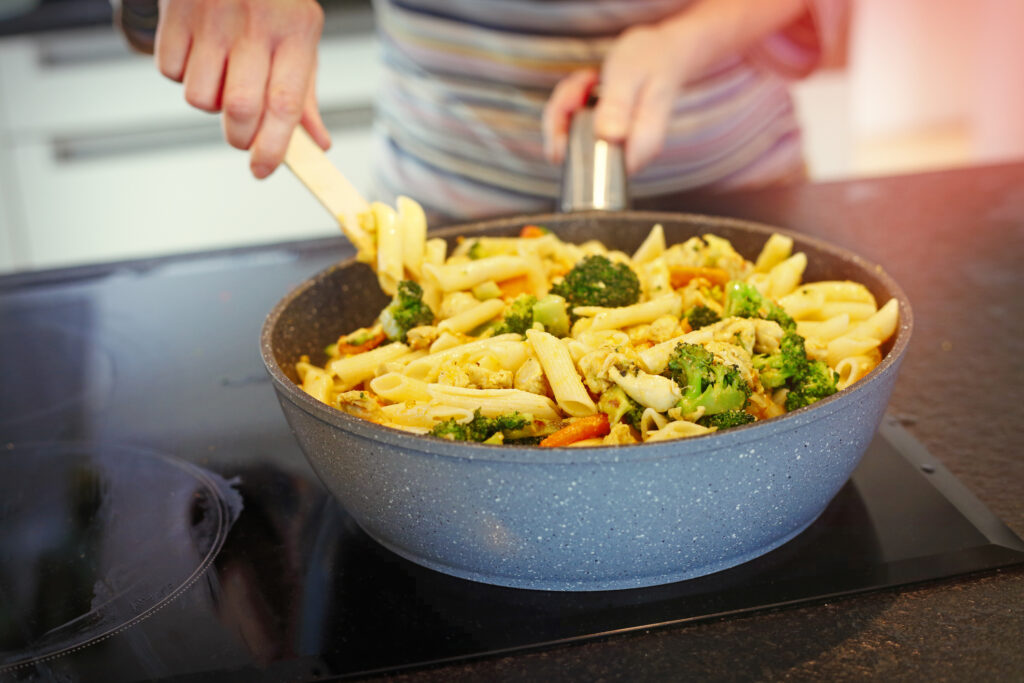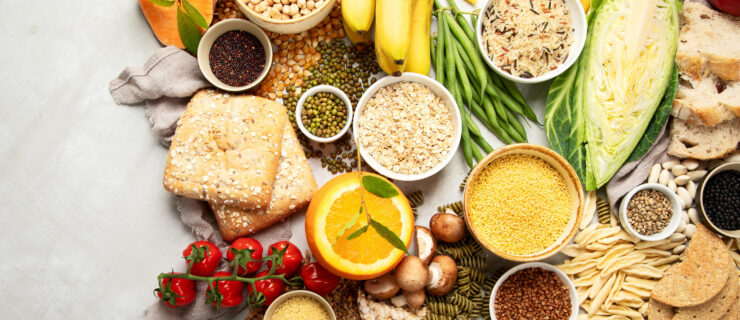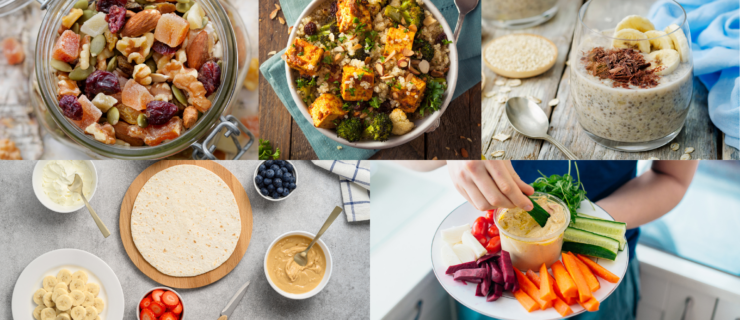Post-Performance Fueling for Dancers: The Role of Food After the Show
After giving your all onstage, it’s time to replenish your body with the nutrients it needs to recover. But for many ballet dancers, nutrition takes a backseat after the curtain goes down. Long commutes, work, or homework often get in the way of a dancer’s ability to eat a solid recovery meal or snack.
Some studies suggest that athletes have a window of opportunity to recover after intense exercise. In other words, eating in the post-performance period can optimize muscle recovery and replenish energy stores. And while research remains inconclusive regarding the specific timing of this recovery meal, it is generally agreed that fueling after your workout—and especially after shows—is critical.
Implementing nutritional strategies to support recovery can improve your long-term energy and enhance overall performance aspects like agility, skill, and concentration. Planning ahead with a packable and convenient meal or snack is one way to ensure your nutritional needs are met.
Here are a few additional considerations for your post-performance recovery plan:
Aim for Balance
Consider a balance of macronutrients (carbohydrates, protein, and fat) when building your meals and snacks. Together, these nutrients replenish energy, support muscle rebuilding, and promote tissue healing. Grains, bread, cereals, crackers, and legumes are examples of carbohydrate-rich foods that replenish muscle glycogen, the energy stored within your muscles. Protein-rich foods like eggs, meat, chicken, yogurt, and cheese, along with plant-based alternatives like legumes and tofu, help with muscle rebuilding and feelings of fullness. And foods rich in fats (like avocados, nuts, seeds, and oils) aid in absorbing fat-soluble vitamins and reducing inflammation. Some examples of balanced snacks include a banana paired with peanut butter, crackers paired with cheese, or sliced veggies and pretzels dipped in hummus.

Eat Enough
The adequacy of your meal plan will also impact your body’s recovery after the show. If your baseline intake of food is low, then your post-performance recovery will be limited regardless of how solid your meal is afterward. Eating every two to four hours, depending on your individual schedule, ensures your body has the energy it needs. For dancers who navigate on-the-go schedules and can’t fit in more substantial meals earlier in the day, plan for extra snacks and, if accessible, to-go meals. Bars, trail mix, and hummus snack-packs are portable and convenient to eat between and after shows.
Eating a full meal after performances is an ideal way to reach the balance of nutrition your body needs for another day of dancing. But if a full meal isn’t practical, a balanced snack can be your next best option. Here are some examples:
- Pasta is a great option for energy replenishment. Boost the protein content by using a lentil-based pasta, cooked alongside a handful of frozen veggies and tomato sauce.
- A stir fry with rice, beans, veggies, and chicken (or tofu).
- A yogurt parfait that includes granola, fruit, and chopped nuts or seeds.
- Toast paired with scrambled eggs (or tofu) and a generous schmear of hummus.
- A baked sweet potato topped with nut or seed butter and a generous sprinkle of hempseed.
Hydrate
Drinking enough fluids throughout your day is a critical but often forgotten element in a dancer’s nutrition recovery plan. Water is always a great option, and sometimes a boost in electrolytes is extra-helpful after performances. Sports drinks can be beneficial, especially during periods of multiple performances. Pairing water with a salty snack, like pretzels, or including fresh fruit as part of another balanced snack, can also help boost your hydration.
Key Takeaways
If you’re feeling a rush of adrenaline after the show, the cause is likely a hormonal response to intense exercise. Adding a post-performance recovery meal or snack can help you wind down in preparation for a good night’s sleep so you’re ready to dance your best the next day. Working alongside a registered dietitian nutritionist is also recommended to help with appropriate meal planning. Prioritizing these post-performance opportunities to refuel—balanced and adequate meals and snacks, along with hydration—will support your dancing for years to come.







